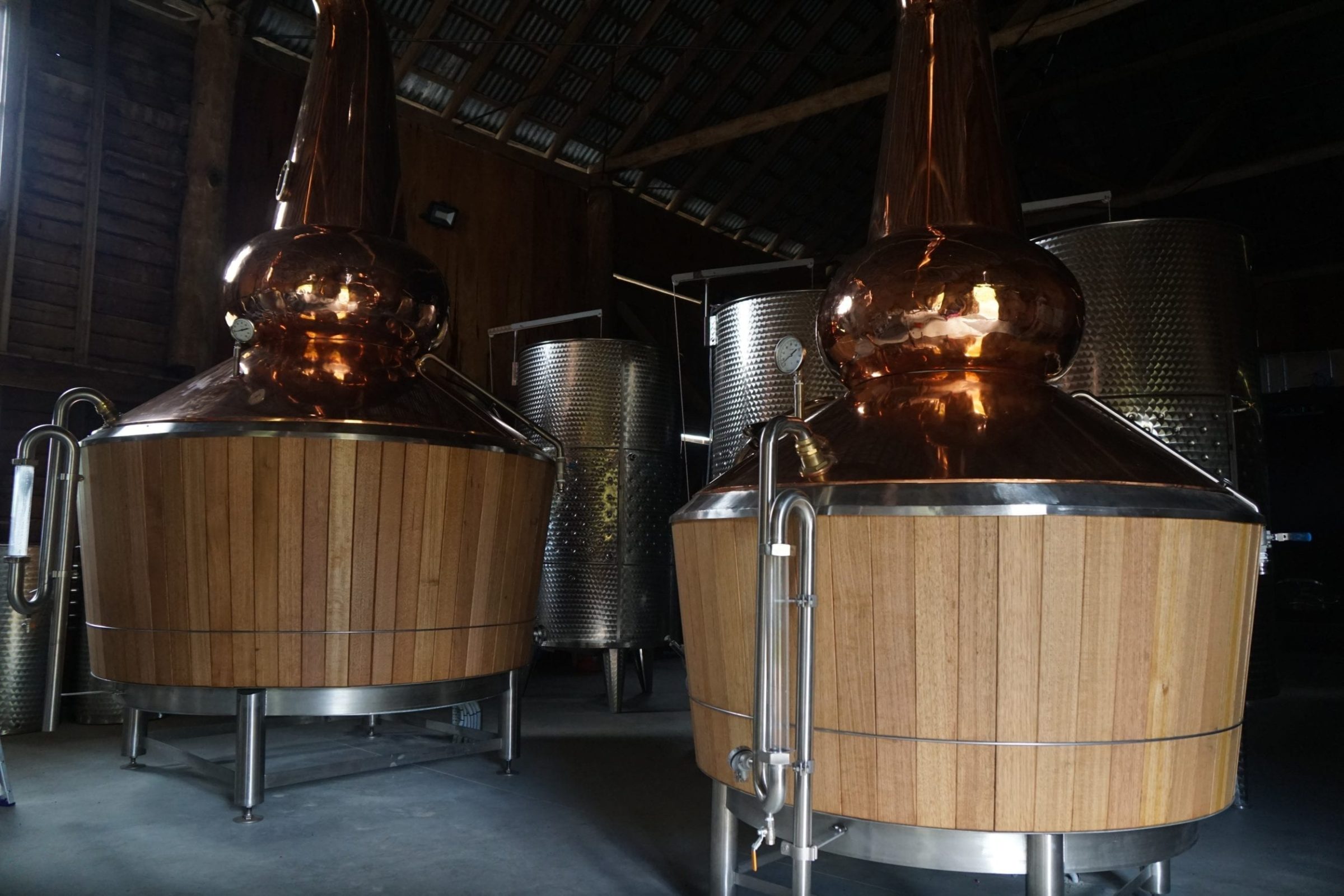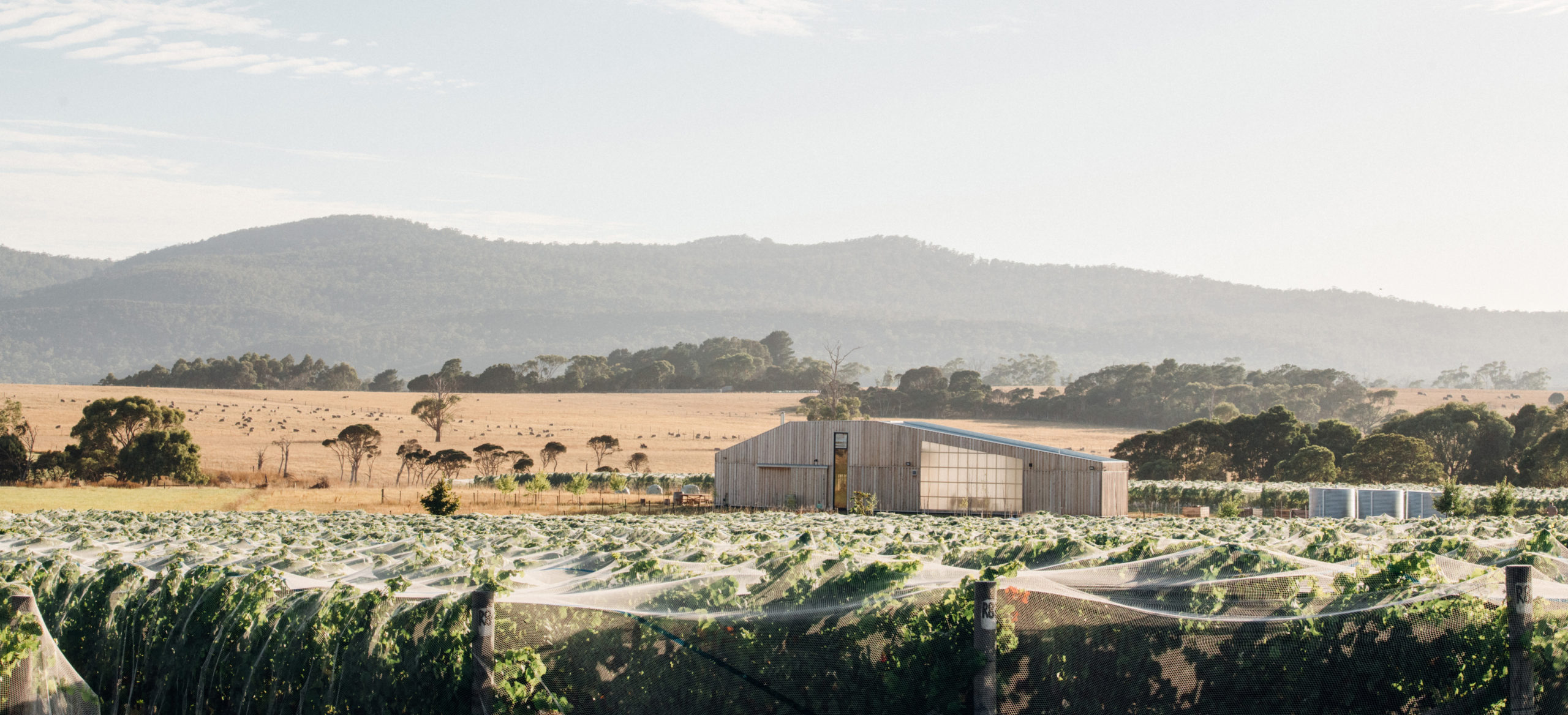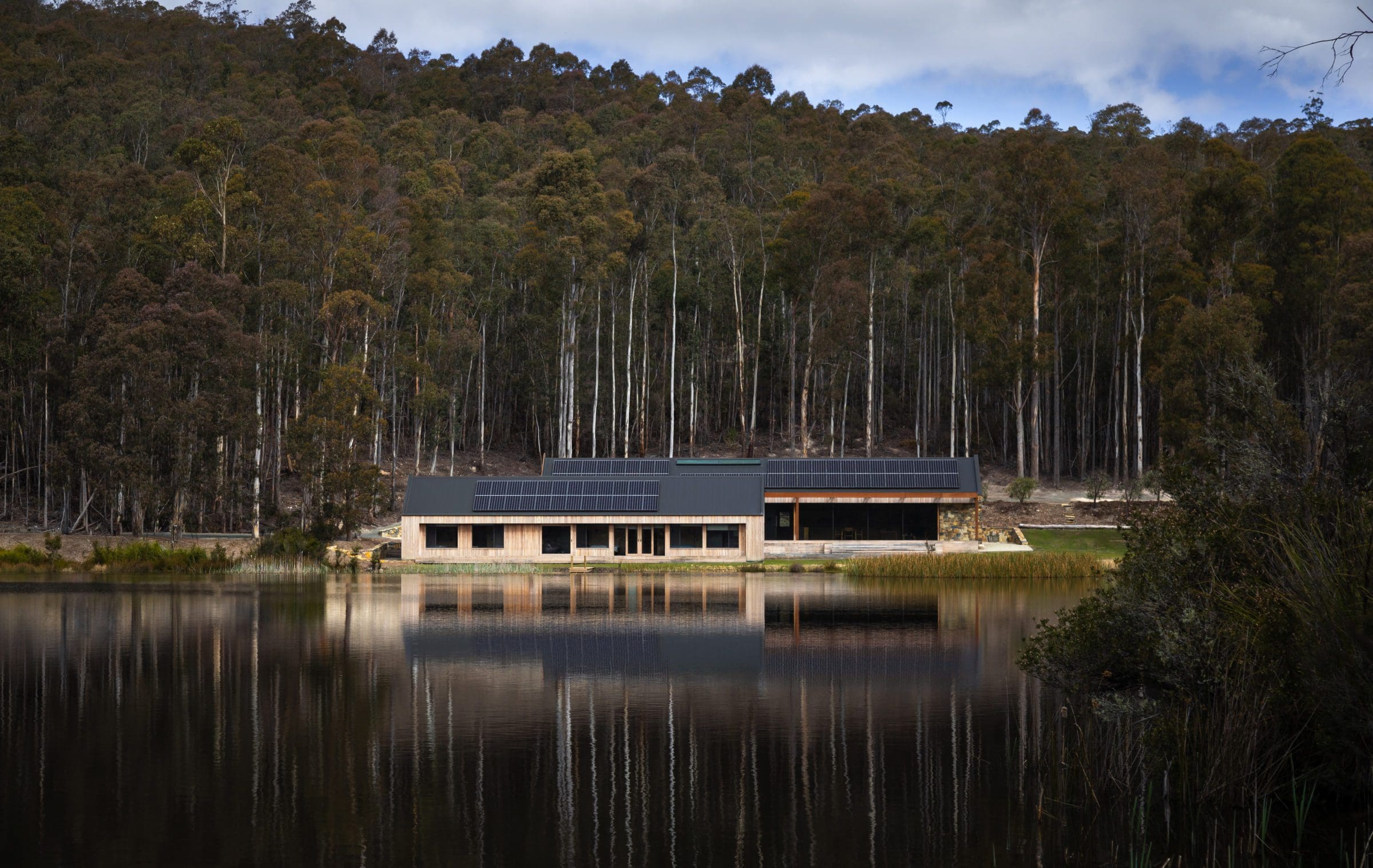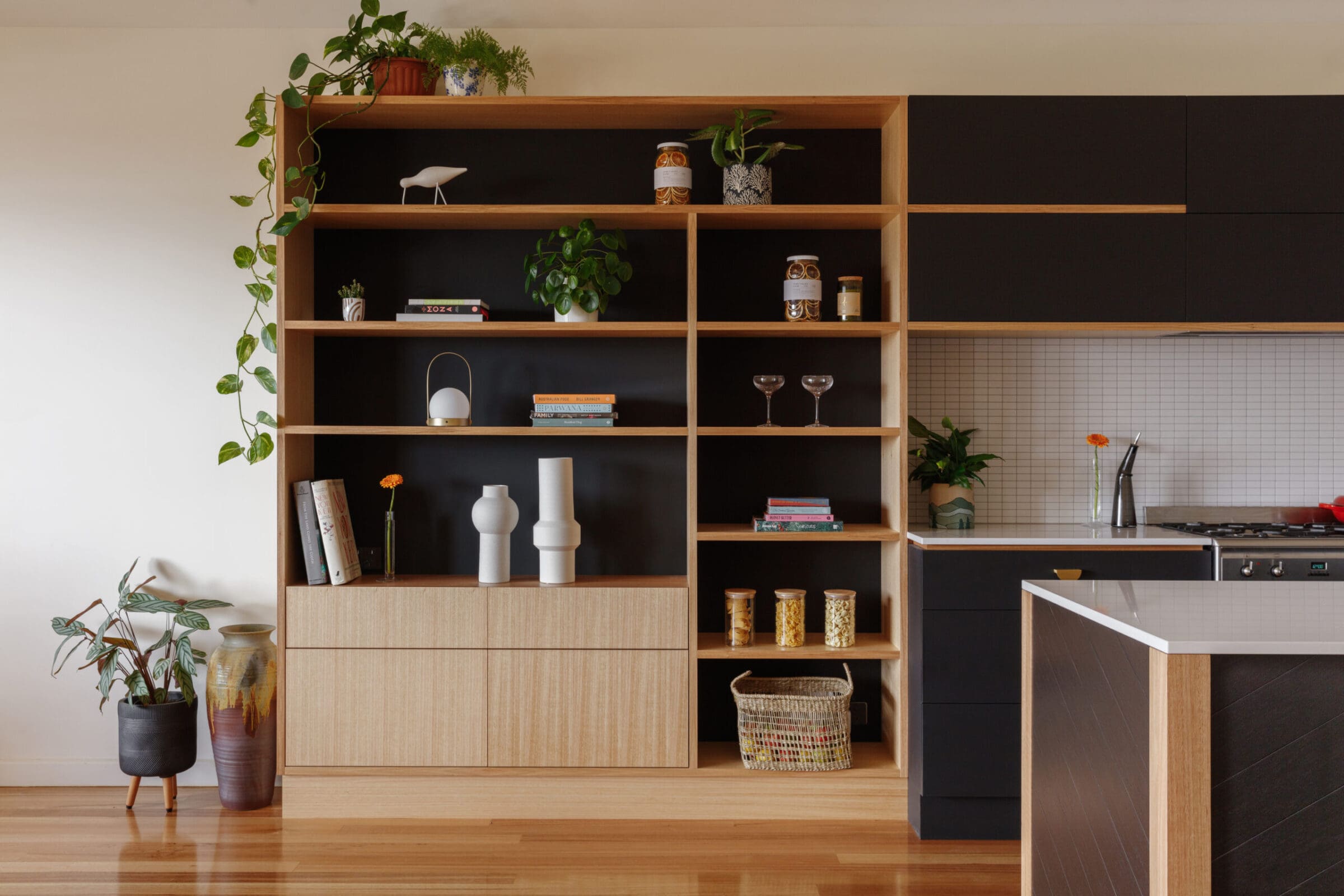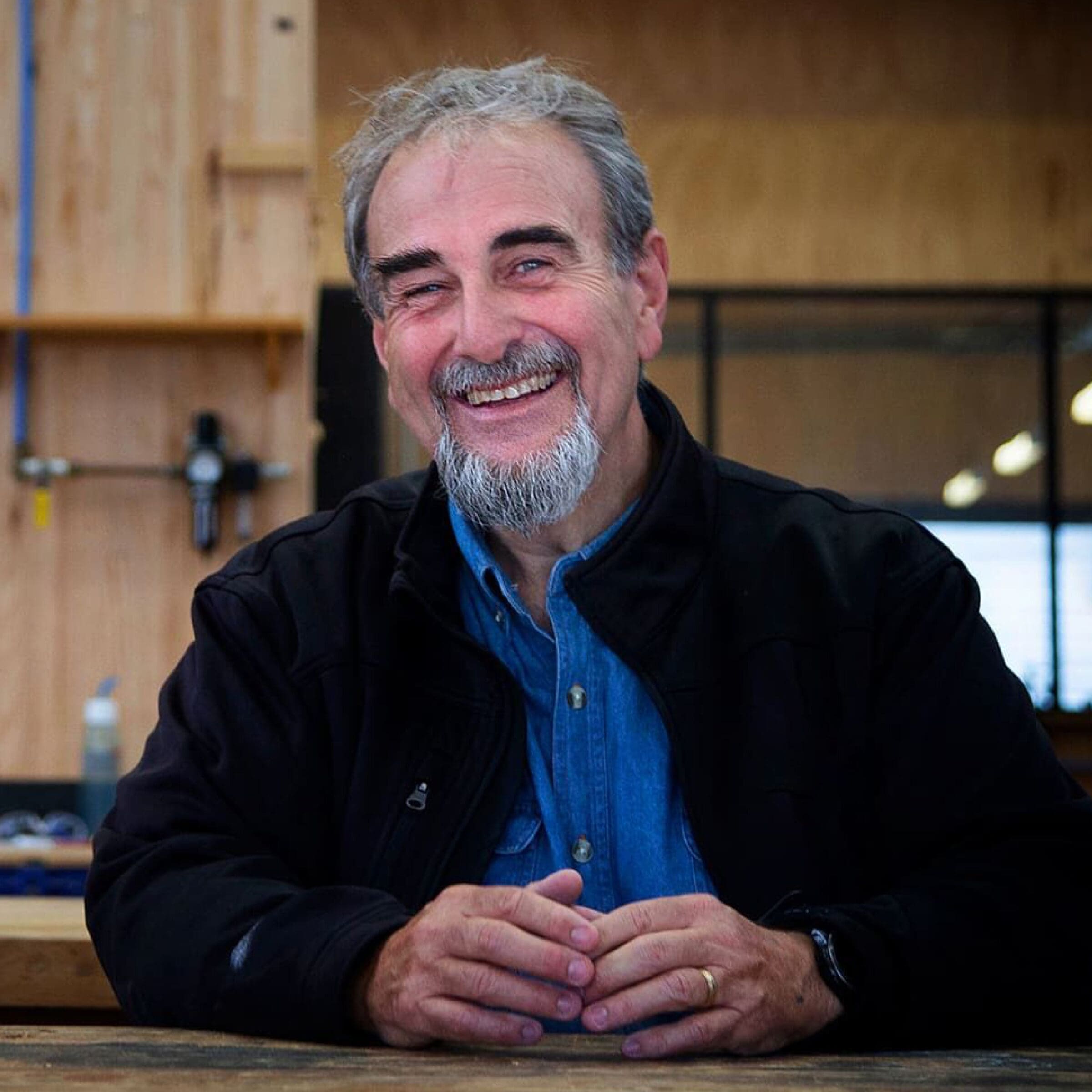The 19th Century Tasmanian Oak barn bought back to life by Whisky
Over 100 years ago a magnificent Tasmanian Oak barn was built on the Lawrenny Estate, a valuable swathe of land 80km north of Hobart. The Estate was allocated to Lieutenant Lord, Second-in-Command of the First Fleet in 1813.
Now, on the verdant banks of the free-flowing River Derwent, crops are grown and cattle still roam. And thanks to a deep desire to drink superb whisky for the rest of his days, the current owner of the Estate embarked on a new venture – restoring his 100-year old, somewhat tottery, barn into Tasmania’s best whisky and gin distillery.
Ross Mace and his wife Mary have lived on the Lawrenny Estate for 25 years, during which time they have not only maintained but improved the land and the buildings significantly. In January 2017, however, work began on Ross’s most ambitious project to date, transforming the Dutch-style open-sided barn into an enclosed building.
Not a man to do things by half, Ross wanted to ensure his ‘new’ barn would be as much a reflection and embodiment of the old barn as possible. He wanted the mighty timber pillars that created the original framework to be retained and showcased. He wanted to see old timbers re-purposed and reinstated in his grand design.
Most of all he insisted that all the new timber needed to create his 21st Century structure, including the massive doors, would be as close as possible to the rough sawn Tasmanian Oak used in the 19th Century original.
“The way I look at it, heritage just falls down if you don’t have a use for it. There’s no point doing old buildings up and leaving them vacant, so we’ve always been looking for something to do with the barn that would give it a future and give us something in return,” said Ross.
“Firstly, we knew we had to close it in to be a working area. The old Dutch barns were open, but in restoring it we wanted to keep it a traditional barn style. It’s a look that just came to us as a natural way for it to be, and practical for our use as a distillery.”
To maintain a certain look and authenticity, as it would have been 100 years ago, the new planks were delivered green off the saw. Unseasoned green scantling, all quarter sawn and ready for use as boards.
Authenticity and aesthetic appeal
To maintain a certain look and authenticity, as it would have been 100 years ago, the new planks were delivered green off the saw. Unseasoned green scantling, all quarter sawn and ready for use as boards.
“We selected the logs very carefully for this job and were mindful throughout the project of everything Ross was trying to achieve,” said Glen Britton of McKay Timber. “The use of Tasmanian Oak for this type of application is growing in appeal, much in part to the aesthetic feel of the end product.”
Stable at high temperature
Inside the distillery, Tasmanian Oak is utilised and valued for more practical purposes, as cladding around the glowing copper stills which can reach temperatures of up to 100 degrees. Dressed all-round and kiln-dried, the timber used here must be entirely stable.
“The wooden cladding on the stills is not very common,” said Peter Bailly of Knapp Lewer Contracting who produced them. “Out of the 60 or 70 I have made we’ve only finished about 10 with timber, the main problem being shrinkage if the wood isn’t dried properly. I don’t need to worry about that here, and having this Tasmanian Oak to work with not only gives a really decorative end result, but the timber also helps save that little bit of extra energy on top of the insulation underneath it.”


